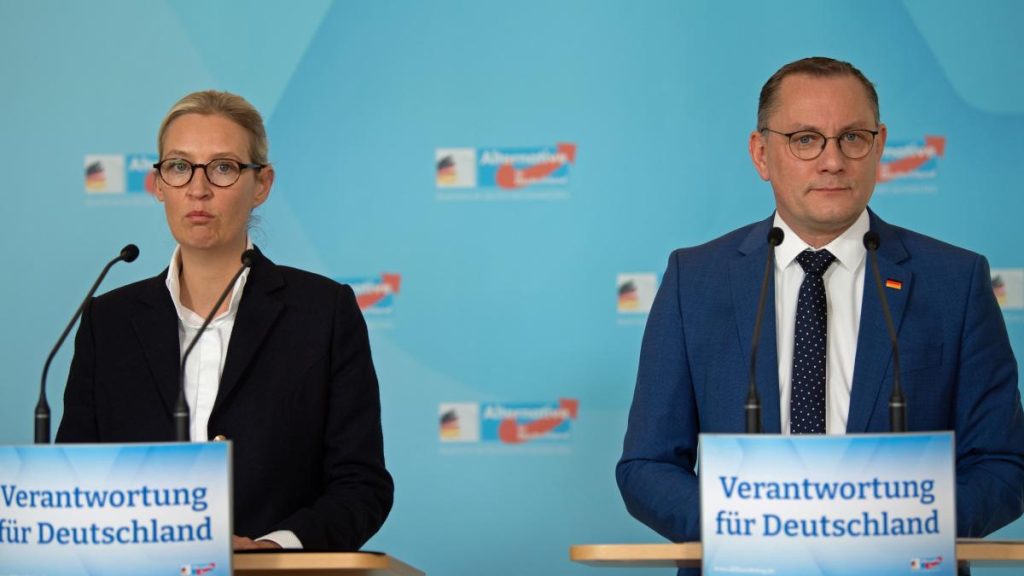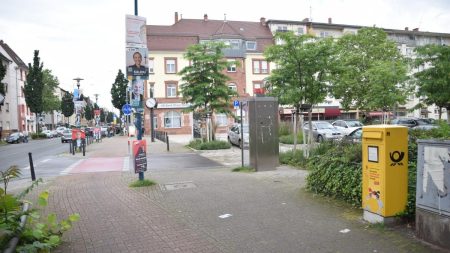In a recent Insa poll commissioned by “Bild,” the right-wing populist party AfD in Saxony-Anhalt is no longer the strongest force, falling behind the CDU. The AfD dropped from 33 to 29 percent compared to six months ago, while the CDU led by Minister-President Rainer Haseloff remains stable at 32 percent. Haseloff’s party, which earned 37.1 percent in the June 2021 state elections, currently governs in a Germany coalition with the SPD and FDP. However, continuing this alliance may be challenging as the SPD is at eight percent, the FDP at four percent, and flirting with the five percent parliamentary threshold are the Greens.
The Insa survey’s surprise winner is the coalition led by Sahra Wagenknecht, a newcomer to Saxony-Anhalt politics. If the state elections were held on the following Sunday, the party could expect ten percent of the vote. Conversely, the Left Party, with five percent and a loss of four percentage points, could struggle to enter the state parliament. Other parties collectively garnered seven percent. Insa director Hermann Binkert noted that the Wagenknecht coalition is changing the political landscape by taking votes from the AfD and the Left Party, allowing the CDU to reclaim the top spot.
However, forming a government could prove challenging. Binkert stated, “Without and against the CDU, a government cannot be formed.” The Left Party, the Greens, the FDP, and to some extent the SPD may struggle to surpass the five percent threshold, as they all have secure votes below this level according to Insa’s potential analysis. The next state elections in Saxony-Anhalt are expected in 2026. The Insa-Saxony-Anhalt-Trend survey for “Bild” polled 1000 citizens from Saxony-Anhalt from April 10 to 17, 2024, with a maximum statistical error tolerance of +/- 3.1 percentage points.
The AfD has traditionally been the strongest force in all eastern German states but has lost its leading position in Saxony-Anhalt according to the latest Insa survey. As of now, the CDU holds the top spot while the AfD has dropped to second place. Meanwhile, Sahra Wagenknecht’s coalition has emerged as a significant player, potentially reshaping the state’s political landscape.
The shifting dynamics in Saxony-Anhalt’s political landscape could complicate the formation of a new government, as no coalition can be established without the CDU. With several parties on the cusp of falling below the five percent threshold, including the Left Party, the Greens, the FDP, and the SPD, the future governance of the state remains uncertain. The upcoming state elections in 2026 will offer further insights into Saxony-Anhalt’s political trajectory, with the latest Insa survey shedding light on the shifting preferences among voters in the region.















